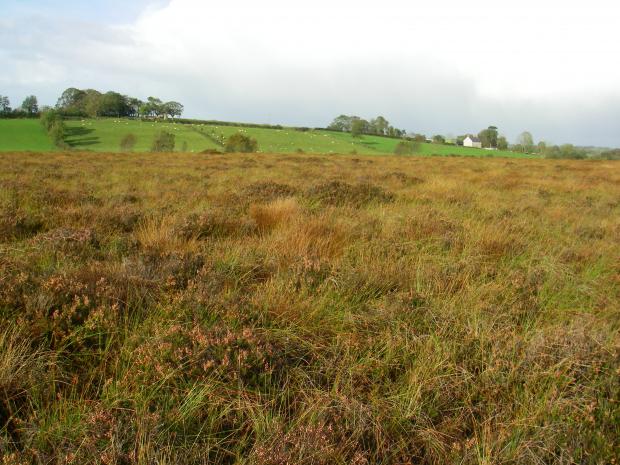
A very large area of intact lowland raised bog in two units, which together represent one of the largest remaining examples of lowland raised bog in Northern Ireland. Physiographical interest of the site relates to peat stratigraphy which is internationally significant.
The site yields palaeoenvironmental data on possible Neolithic forest clearance, the decline of the native Scot's pine, the effects of historical volcanic eruptions and botanical responses to climatic change. Biological interest relates to the size of the site together with the classic 'domed' profile which displays a wide range of characteristic vegetation and structural features, including pool, hummock and lawn complexes.
Notable species typical of a wet bog surface include the rare hummock forming mosses, Sphagnum imbricatum and Sphagnum fuscum and the rare Sundew Drosera intermedia.
The lagg surrounding the intact bog has been cut for turf in the past, creating a mosaic of habitats ranging from acid grassland through dry heath to acid woodland dominated by birch with occasional rowan.
Related articles
- ASSI Guidance for Public Bodies/Competent Authorities
- Coastal Areas of Special Scientific Interest
- Conservation Management Plans (CMPs)
- European Marine Sites - Marine Special Areas of Conservation and Special Protection Areas
- Introduction to Conservation Management Plans (CMPs) for Northern Ireland’s Special Areas of Conservation
- Marine Conservation Zones
- Marine Protected Areas
- Marine Ramsar sites
- Portrush Coastal Zone
- Special Areas of Conservation
- Special Areas of Conservation for Harbour porpoise
- Special Protection Areas
